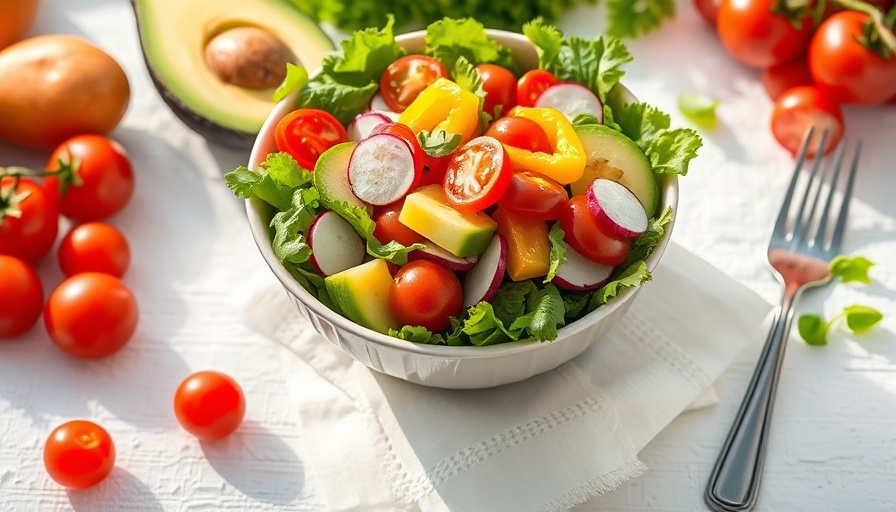
A wake-up call on sodium and potassium intake
Most people don’t realize this critical fact: while physical inactivity is a severe issue, poor diet is even worse, costing us more than 10 million years of healthy life lost. But the shocking truth is that our dietary habits are killing us, primarily through the overconsumption of sodium—our number one enemy on the dining table. This isn't just a casual observation; it's a public health crisis that can no longer be ignored.
Are you eating too much sodium?
Sodium—found in table salt—is linked to high blood pressure, a silent killer that increases the risk of heart attacks and strokes without any warning signs. Most Americans consume over 3,400 milligrams of sodium daily, which is more than double the recommended amount of 1,500 milligrams set forth by the American Heart Association. Alarmingly, nearly 99% of the U.S. population fails to comply with these sodium guidelines.
Potassium: the underdog we need
In stark contrast to sodium, potassium is often overlooked despite being essential for heart health and controlling blood pressure. Most adults consume significantly less than the recommended daily intake of potassium, which is estimated at around 4,700 milligrams. Only a meager 2% of the population meets the target. Historical diets show that our ancestors ingested around 10,000 milligrams of potassium a day—think fruits, greens, and legumes. Today, we've flipped the script to high-sodium, low-potassium processed junk.
Why is our intake so unbalanced?
Society's shift towards processed foods—rich in sodium and stripped of nutrients—has dire health implications. Each fast-food meal compounds our sodium toxicity while robbing us of potassium. As we increasingly favor instant gratification over whole foods, we stray from traditional diets that kept our cardiovascular systems thriving. This transition has led to a potassium crisis that demands urgent attention.
The importance of balancing sodium and potassium
Consider this: a high-sodium diet can lead to various problems, including hypertension and metabolic issues. Numerous studies point toward a strong connection between high potassium intake and reduced cardiovascular risks. By incorporating more potassium-rich foods into our diets—think bananas, potatoes, and leafy greens—we can counteract the detrimental effects of sodium. We have to change our perspective from merely reducing sodium to also increasing potassium intake.
Choosing healthier alternatives
For those looking to reduce sodium without sacrificing flavor, potassium chloride salt substitutes have gained attention. But here's the kicker—are they genuinely effective? While they can help reduce sodium intake, it's vital to understand that they don't entirely replicate the taste of salt. So, what's on the table for healthy alternatives? Seasoning your meals with herbs and spices or bookmarking potassium-rich recipes may be smarter long-term choices. Reconnecting with our roots in dietary choices will play a crucial role in reversing this trend.
How you can make a change
You hold the power in your hands. Take charge of your health by flipping the script on what you're eating. Start by keeping a food diary. Document your sodium and potassium intake to better understand where you might be falling short or exceeding limits. Next, strive to fill your plate with whole foods rich in potassium while drastically reducing your intake of processed heaters. Remember, small daily changes can lead to monumental health benefits.
Empowerment through awareness
Be informed, be vigilant. Unravel the sodium-potassium equilibrium's critical role in health. Awareness of dietary choices can unfurl a new world of wellness, entirely shifting our approach toward what fuels our bodies. Make it your mission to educate those around you about this pressing health issue. Spread the knowledge!
 Add Row
Add Row  Add
Add 




Write A Comment